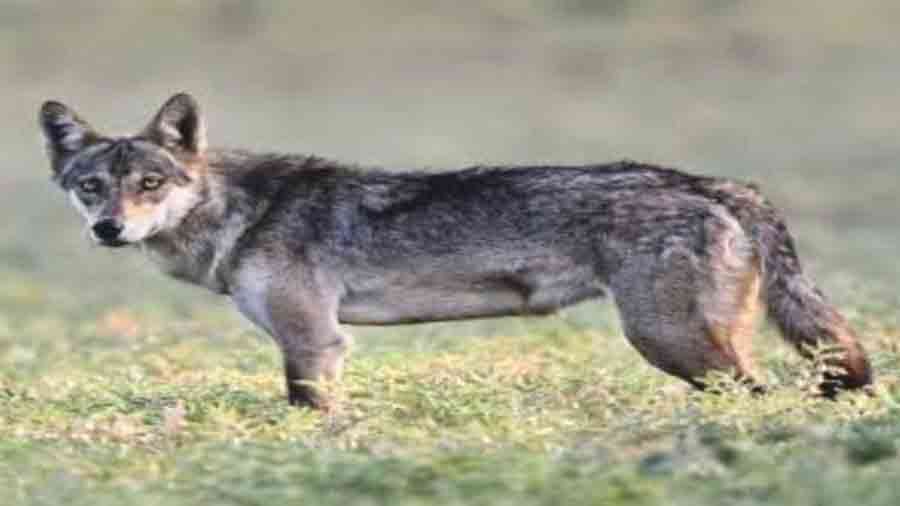Carnivores are known to dominate foodwebs, maintain the balance in ecosystems, and be popular flag-bearers for conservation. That a populous nation like India could be home to 60 of them is both surprising and inspirational. Except that we hunted to extinction the fastest of them all — the cheetah. Five years after India gained Independence, the Asiatic cheetah was officially declared extinct in India.
Many in the Indian carnivore community face the same fate today. The caracal, for example, occupies only about 2 per cent of its former range. The Indian wolf is among the oldest wolf lineages and has its own subspecies status (Canis lupus pallipes). But no more than 3,100 are alive in India today. The critically threatened status of these carnivores is driven by the massive destruction of their semi-arid grassland ecosystems.
A grand programme has been conceived now to apparently change the course of grassland conservation in India. “Cheetah reintroduction in India has a larger goal of re-establishing ecological function in Indian grasslands that was lost due to extinction of Asiatic cheetah,” tweeted the Central forest and environment minister. The process of translocating cheetahs into India had been fast-tracked to coincide with the 75th year of Independence.
This grand venture would most certainly bolster India’s conservation image in the global scene. However, beneath the shiny veneer lies a lack of scientific rigour and serious engagement with conservation issues. If cheetahs really have to save grasslands, they would have to establish a viable and breeding population. This would mean stretches of contiguous grasslands have to be available. India has lost 90-95 per cent of its grasslands because they are categorised as ‘wasteland’. A government notification that de-categorised grasslands as wasteland would have benefitted not only the cheetah but such native carnivores as the caracal, the Indian wolf and the striped hyena.
The narrative that cheetahs are coming back to India is technically incorrect. What once roamed India was the Asiatic cheetah but what is coming now is the African cheetah. The apex court has thus called this project an ‘experimental” introduction. The African cheetah is not part of our National Wildlife Action Plan (2017-2031) and is certainly not a national conservation priority. It is an exotic species. Is it justified then to allocate financial resources to the project, a quarter of which could have been spent on conserving and appreciating the ecological roles played by lesser-known carnivores? Do we know, for instance, that civets disperse seeds and maintain forests and that small cats, like the jungle cat, control agricultural pests and vectors like rodents? Have we invested enough efforts in mapping out wetlands, registering them with the state wetland authorities, and pooling resources to conserve them? This would have benefitted our fight against climate change, secured food and water in the long term, and also strengthened efforts to conserve the threatened habitats of the fishing cat and otters. The majority of India’s carnivore populations exist outside protected areas. The forest department is perennially understaffed and short of resources. Given this backdrop, the cheetah project’s extravagance seems unjustified.
A recent review of carnivore literature in post-independent India found the tiger to have shaped conservation policies. Yet, even Project Tiger had to sacrifice a substantial amount of resources to feed the cheetah project. The Kuno National Park, the site for releasing the African cheetah, was earmarked for translocating Asiatic lions that have overpopulated Gir. A chance viral infection can wipe them out. Even a directive from the apex court to translocate lions from Gujarat did not prevent the state government from dragging its feet on the issue. When misplaced priorities are affecting two of the strongest proponents for carnivore conservation in India, do the others stand a chance?
(Tiasa Adhya is a researcher with The University of Trans-Disciplinary Health Sciences and Technology)











